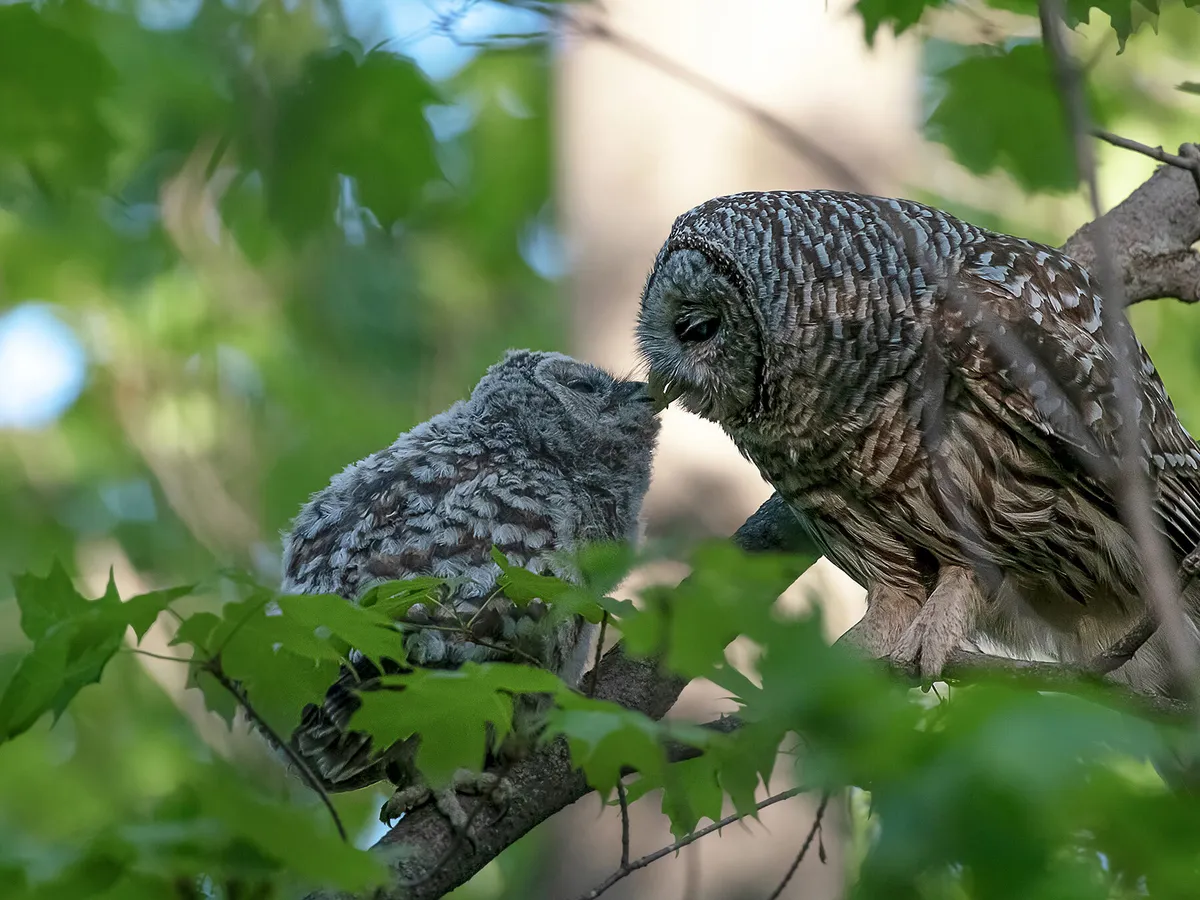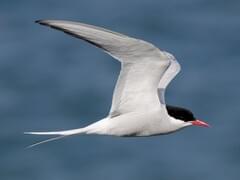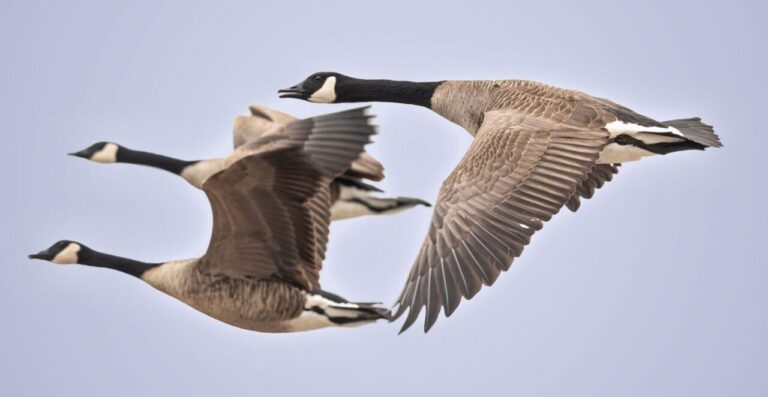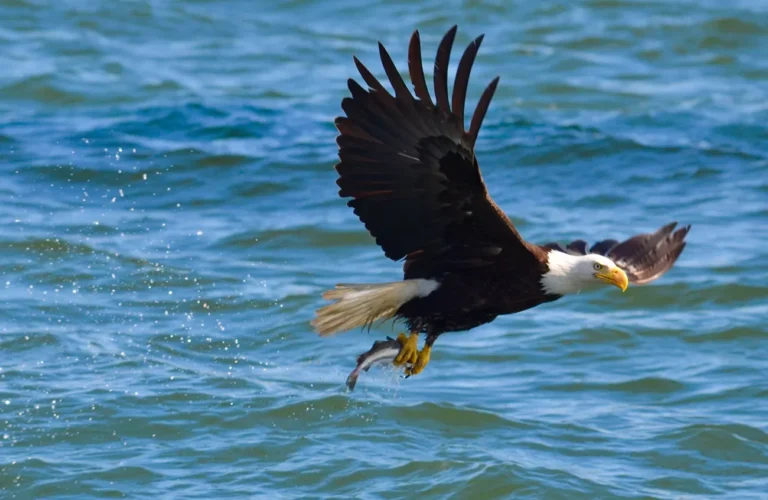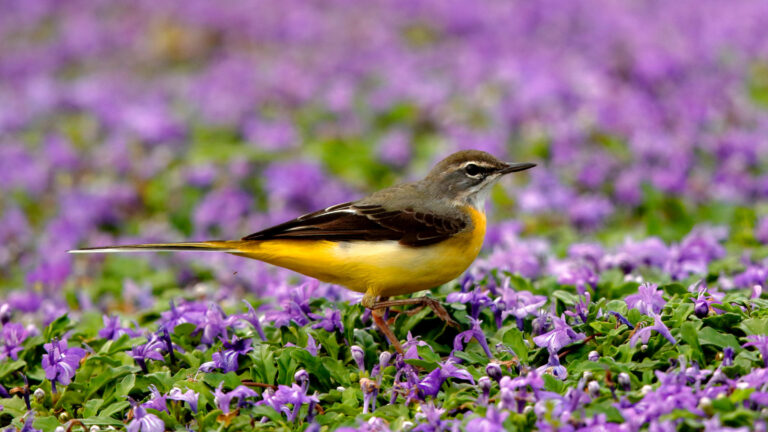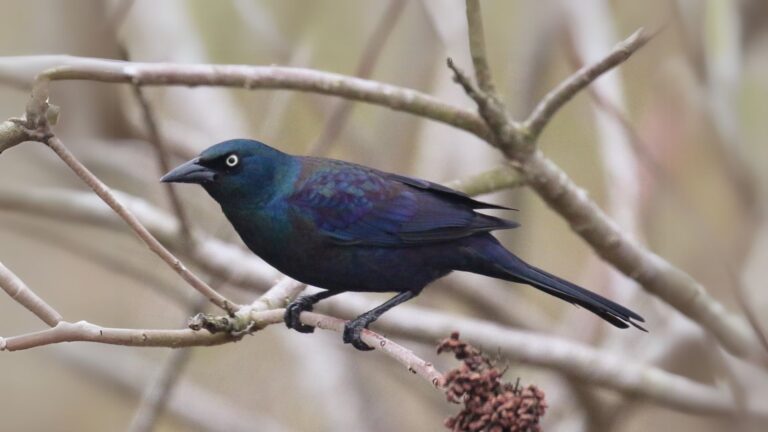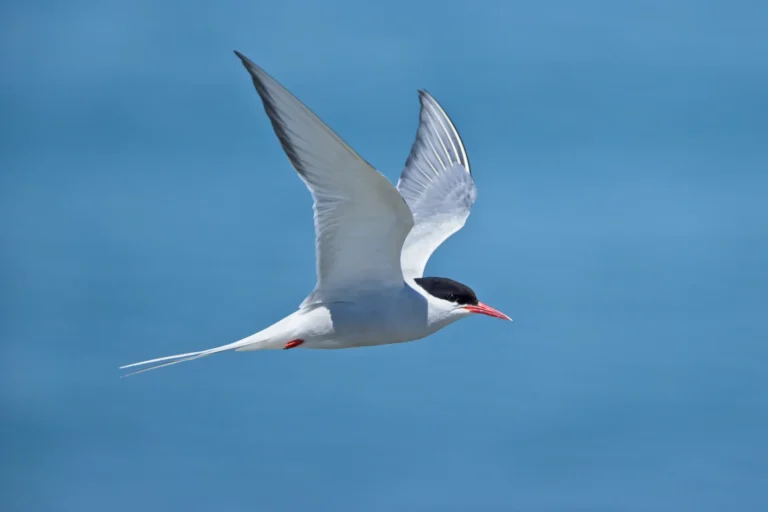The Mama Owl: Essential Insights into Their Behavior and Caring
Mama owls are the backbone of their young’s survival. They build nests with care, incubate eggs, and fiercely guard their babies during those first fragile weeks. It’s a lot of work, but that dedication really gives the next generation of owls a fighting chance.
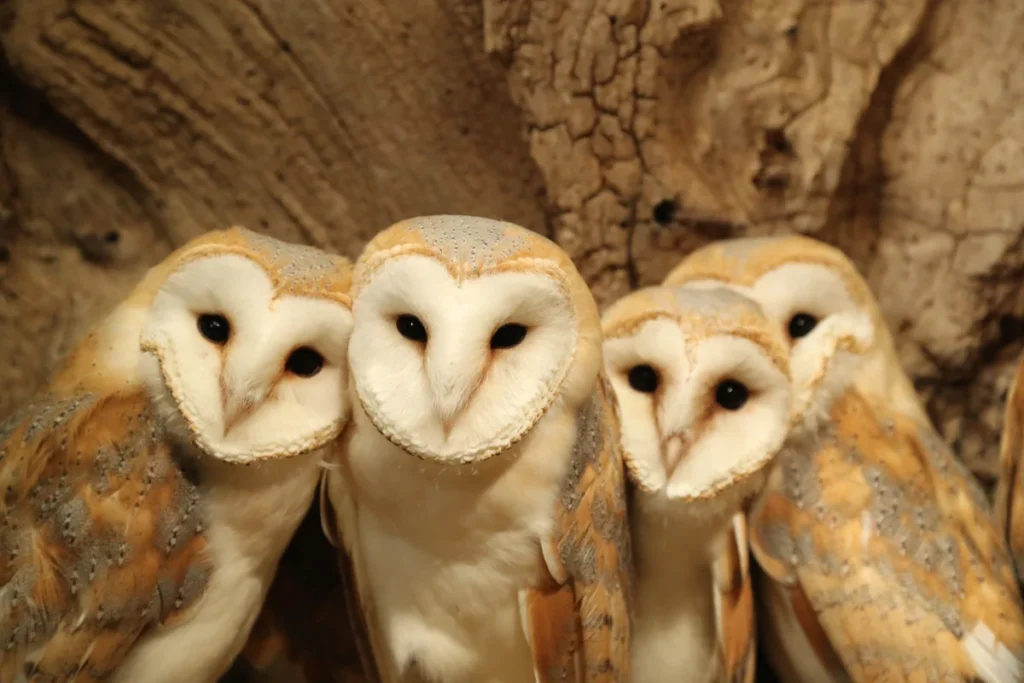
These birds are hands-on parents, bringing food and teaching their kids the ropes. Mama owls show patience and a surprising amount of cleverness in raising their young, guiding them through the basics of survival. Watching a mama owl do her thing? It’s a real window into the wild world of bird parenting.
Key Takeaways
- Mama owls build sturdy nests and keep a close eye on their eggs.
- They feed and teach their young what they need to get by.
- Observing mama owls teaches us a lot about bird family life.
The Role of Mama Owl in the Owl Family
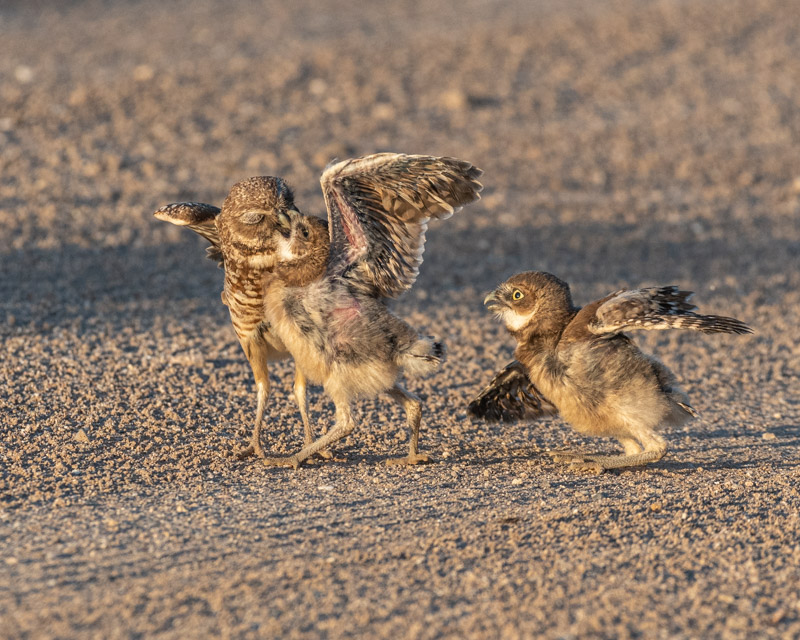
Mama owl runs the show when it comes to raising and protecting her family. She’s all in for her owlets, teaming up with papa owl to keep everyone fed and safe. Most of her energy goes into guarding the young, feeding them, and teaching them what they’ll need out there.
Maternal Instincts and Bonding
Instinct kicks in as soon as the eggs are laid. Mama owl stays right by the nest, keeping the eggs warm and on alert for trouble. When the owlets hatch, she shields them from cold and danger with her own body.
Bonding starts early—she feeds them and soothes them with gentle calls. That close contact helps the little ones recognize her and feel safe. Her care is critical in those first weeks when the chicks can’t hunt or even fly.
Interactions with Papa Owl
Papa owl mostly brings home dinner while mama owl keeps watch over the eggs or chicks. This lets her focus on keeping the nest warm and secure.
The pair communicate with calls and subtle movements, working together to feed everyone and defend the nest. Papa owl’s hunting makes a real difference, especially when the chicks are tiny and extra hungry.
Relationship with Owlets
Mama owl is the main caregiver once the chicks hatch. She teaches them how to stay out of trouble and gets them ready for their first flights. Early on, the owlets can’t feed themselves and depend on her for every meal.
She’ll cover them with her wings when the weather turns bad and shield them from anything that threatens the nest. Her presence keeps them calm and growing strong. As the weeks pass, she nudges them toward independence but doesn’t stray far until they’re good to go on their own.
If you want more details on how mama owls handle family life, check out the article about the Unprecedented Case of Co-Parenting Mama Owls.
Nesting and Hatching Behaviors
Mama owls put a lot of thought into where they nest and take hatching seriously. They’ll use natural spots or even manmade ones, following a routine to keep eggs safe.
Selection of Nest Sites
Owl mothers usually go for quiet, sheltered places. Trees with hollows are a favorite, but sometimes they’ll move into abandoned nests from other birds. Some owls even adapt to nest boxes, especially in places like Lake Isabella, where groups like Wild Birds Unlimited put up safe options.
They want cover from weather and predators, and the nest has to be close to food sources for easy feeding after hatching. In spring, owls take their time picking the right spot, hoping it’ll help their chicks make it through the season.
The Hatching Process
Incubation lasts around 30 to 37 days. The female sits on the eggs, keeping them warm but giving them enough air. Her warmth helps the chicks hatch smoothly.
Chicks might hatch over a few days, so the first ones out sometimes end up a little bigger. Both parents pitch in, but the mother does most of the feeding and protecting until the young are ready to fledge.
Nest Boxes and Artificial Sites
Nest boxes really help owl populations, especially when natural spots are hard to find. Conservation groups often put these boxes near protected areas like Lake Isabella.
They try to mimic natural nests—keeping them dry, safe from predators, and tucked away in quiet places. When managed well, these boxes boost hatching success and give chicks a safe start. Conservationists keep an eye on them to make sure they’re working year after year.
Feeding and Raising Baby Owls
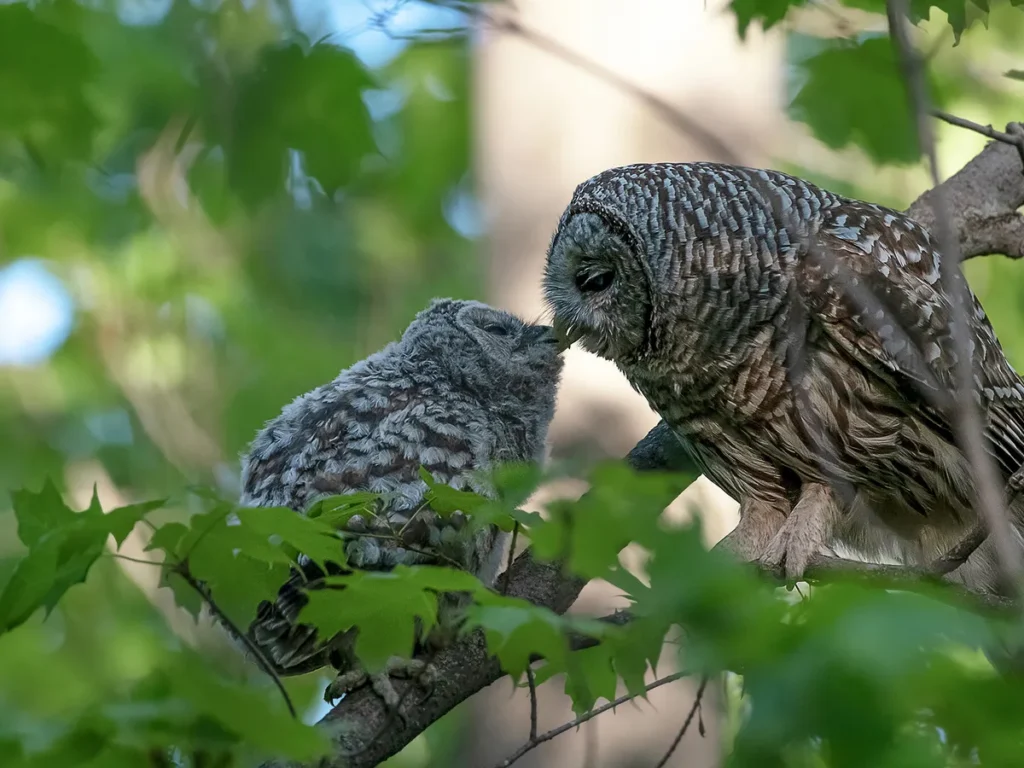
Mama owls have to feed their chicks often and pay close attention to what each one needs. Baby owls grow fast—from helpless hatchlings to curious fledglings. Along the way, they pick up key survival skills they’ll need to make it on their own.
Feeding Techniques
In the first week, baby owls eat a lot—sometimes every 20 or 30 minutes. Parents hunt for small animals like mice and insects, bringing back protein-rich meals. They’ll tear food into tiny pieces so the chicks don’t choke.
Feeding usually happens in the nest, with the mother dropping food straight into each chick’s beak. Some folks who raise owls suggest feeding from behind a curtain to avoid stressing the chicks or making them too comfortable around people. Most of the feeding happens at night, since owls do their hunting after dark.
Growth Stages of Baby Owls
Baby owls start out blind and covered in fluffy down. They double in size during the first week, and their eyes open soon after. By week three, they start growing flight feathers and get a lot more active.
Their bodies change quickly. By weeks three to five, they’re learning to keep themselves warm and stretching their wings. Around six weeks, they’re ready to leave the nest, though they still need their parents for food for a while.
Teaching Survival Skills
Mama owls show the chicks how to hunt and fly. After they fledge, parents encourage them to practice catching prey. That includes how to swoop silently and grab dinner without making a fuss.
Sometimes, parents bring live prey to help the young ones learn. They also point out safe hiding spots and teach how to avoid predators. These survival lessons make a big difference when the chicks are finally on their own. If you’re curious about feeding young owls, check out the video on feeding a hungry barn owl chick from Five Owl Farm | BBC Earth.
Observing Mama Owl Birds in the Wild
Watching mama owls in their element reveals a lot about nesting, parenting, and the quirks of different species. Thanks to technology, we can now observe these birds without bothering them, which is great for learning and protecting them.
Notable Species: Great Horned Owl and Barred Owl
The Great Horned Owl (Bubo virginianus) stands out as one of the most recognizable owls. They nest in trees or take over old nests from bigger birds. Mama Great Horned Owls don’t mess around—they’ll defend their nests with real attitude.
The Barred Owl prefers dense forests and often nests in hollow trees. Mama Barred Owls are devoted parents, sharing feeding with papa owl. They aren’t as aggressive, but they’re definitely attentive and caring with their chicks. Both species have strong maternal instincts, but their habits are different enough to make watching them in the wild pretty fascinating.
Bird Cams and Live-Streaming Video
Bird cams let us peek into owl nests without getting in the way. Many of these cameras show both inside and outside the nest box, so you can see all kinds of mama owl behavior.
Live-streaming has made it possible for anyone, anywhere, to watch owl families grow. The Wild Birds Unlimited Barred Owl Cam, for instance, gives a 24/7 look at feeding, incubation, and chick development.
These digital tools don’t just entertain—they help researchers track nesting success and spot threats from predators or changes in the environment.
